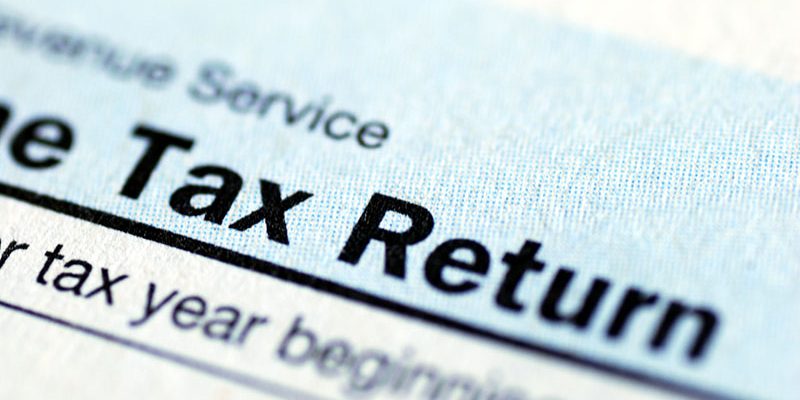$20,000 ‘Instant Asset Write-Off’ Scheme: What this means and how it impacts your business
The new 2018 federal budget has seen the extension of the small and medium enterprise $20,000 tax write off scheme for another 12 months, to expire at the end of the FY18/19. Originally created in 2015, this scheme helps many small to medium enterprises improve their operations by investing in technology, tools and equipment. However, is it not a permanent fixture and by 1st July 2019, it is expected that businesses will only be allowed to claim a $1,000 instant tax write off.
It is important to note the distinction that this is not a tax refund, but a tax reduction. The difference is that with a refund you would be able to claim $20,000 instantly, but a tax reduction means you may only claim $20,000 reduction from tax paid to the ATO. However, this is far superior to writing off the asset as depreciation over a number of years, as you can write off the entire item in the year of purchase.
The Australian Small Business and Australian Chamber of Commerce has called for this write off to be a fixture to all future budgets and a permanent place in the Australian tax system, stating “This is an important policy to all small businesses and we believe it must continue going forward”.
What Businesses Qualify for the Scheme?
For a business or corporation to take advantage of the scheme, it must fall under the federal government definition of a small and medium enterprise. Simply, this is every type of business from a solo trader to a limited corporation that operates up to $10 million a year. Any firms with over $10 million a year in turnover are classified as a large business and this write off does not apply.
If a business does qualify, what can they write off as an Asset?
What is considered an Asset:
- Time – The government determines that an asset needs to be “acquired, delivered and operational prior to June 30”. Operational being the key word here, it must be in use in the year that it was bought and claimed.
- Cost – The asset or assets need to cost less than $20,000.
- Business Purposes – Assets that are being submitted need to be used for business purposes. This year the ATO released a press release highlighting that they will be examining these items very closely.
- Physical – Assets must be physical. This means that a firm can’t write off training, education, but rather items like equipment, tools, computers, technology etc.
- New or Second Hand – Assets must be new or second hand. This is to prevent a business from simply buying an item from itself to claim the asset without spending money.
- Quantity – It can be either one asset up to the cost limit, or multiple assets up to the cost limit.
What is NOT considered an Asset:
Whilst the list of what is considered an asset is comprehensive, the assets that are not considered include items beyond contradictions of the above.
- Cost – Assets that are more than $20,000 are excluded.
- Personal use – If an asset is for personal use and not for the business, then it is not included. This can be difficult if a business runs out of a home office or more. However, if an asset is used for both business and personal, the percentage that is used for the business can be claimed. E.g. If a car is purchased, then Monday to Friday business hours can be claimed, with the weekends being personal, which is roughly 70%.
- Leased Assets – Whilst it might make sense to invest in an asset that can be leased, the federal government has mandated that any assets leased for more than 50% of the time (Or planned to be) is not included in the scheme. This can include items such as tools that might be leased out as part of the business model.
- Horticultural plants – A business cannot write off plants or other flora that are used for production. For example, a winery buying grape vines for wine production.
- Software – Development software also has some restrictions specific to the IT industry.
- Capital works – Capital works are the building and structural improvements to a business used to produce income. This could be upgrading a road on an industrial site, to improving the interior design of a cafe.
Get Professional Advice
It’s essential to remember that the write-off isn’t as ‘instant’ as promoted. The ‘instant’ in the scheme’s name relates to combining all the depreciation claims into one, however this doesn’t mean you’ll see the value of this tax deduction immediately. This could potentially lead to cash flow issues, especially if the time between purchasing the asset and getting the benefits of a lower tax payable extends longer than anticipated. That’s where a business loan can help. By taking out a short-term business loan, you can bridge the cash flow gap between investment in your business assets and the benefits of your decreased taxable income – however we advise you speak to your accountant to make sure you make the best decision for your business.

